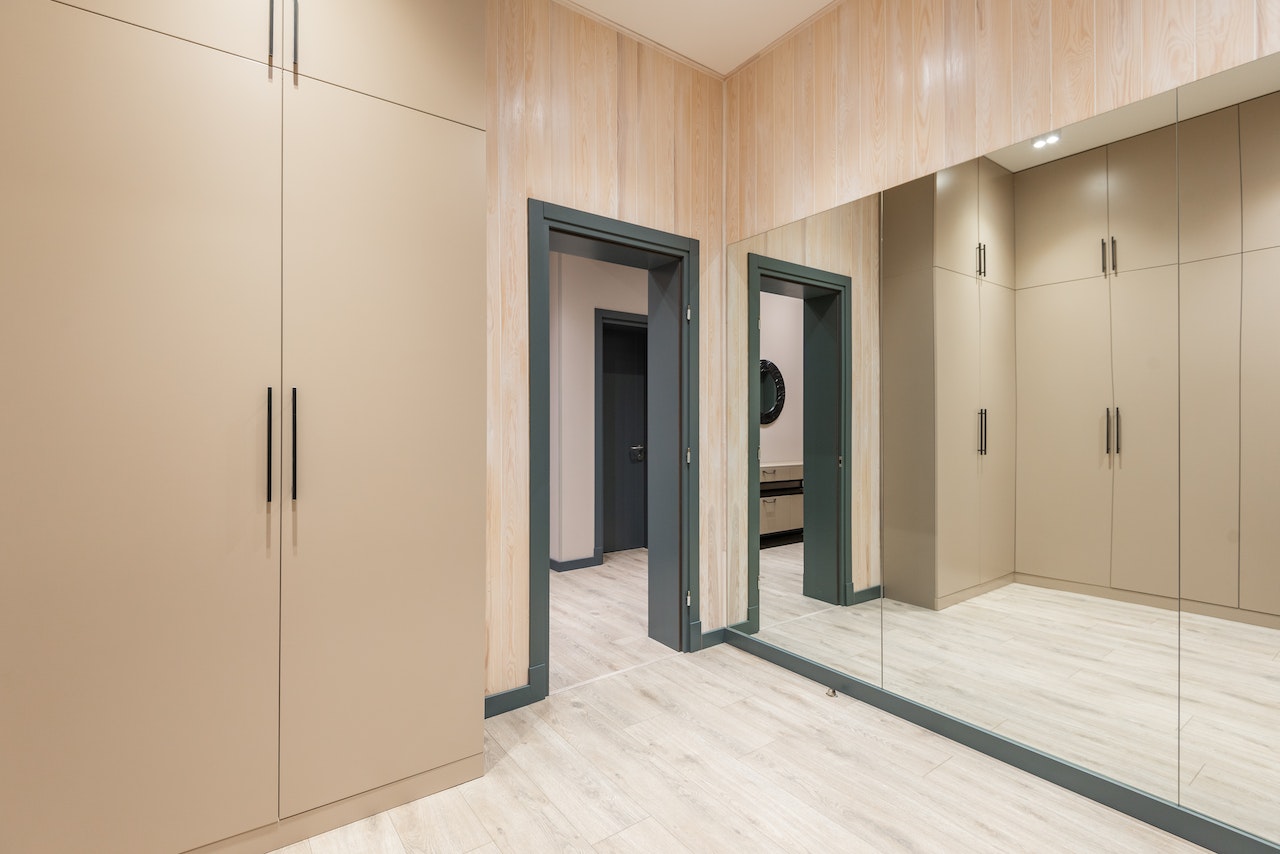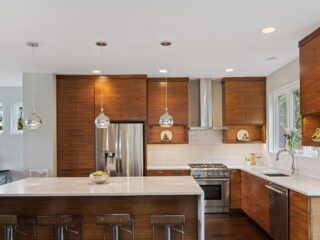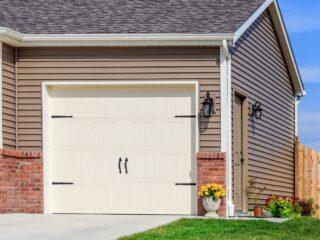
Covering Mirrored Closet Doors
Covering mirrored closet doors can be a great way to add style and functionality to your space. Mirrored doors are often found in bedrooms or dressing areas, providing a convenient full-length reflection while also making the room feel larger and brighter. However, you may find that over time, the mirrored surface becomes outdated or doesn’t fit with your decor. That’s where covering them comes in.
There are several options available for covering mirrored closet doors. One popular choice is applying adhesive film or contact paper specifically designed for this purpose. These films come in various patterns, colors, and textures, allowing you to personalise the look of your doors while maintaining their reflective function.
Another option is using fabric panels or curtains to cover the mirrored surface. This method adds a touch of softness and can easily be changed out whenever you want to update the look of your space. It’s important to choose fabrics that complement your overall decor scheme and ensure they are properly installed for easy manoeuvrability.
In conclusion, whether you want to refresh the style of your bedroom or simply desire more privacy, covering mirrored closet doors offers a solution that is both practical and aesthetically pleasing. From adhesive film to fabric panels, there are numerous options available to suit your personal taste and needs. So go ahead and explore different ways to transform those mirror surfaces into eye-catching features within your living space!
Choosing the Right Type of Mirrored Closet Doors
When it comes to covering mirrored closet doors, selecting the right type is essential for achieving both functionality and aesthetic appeal. Let’s delve into the factors you should consider, explore different types available in the market, and weigh their pros and cons.
Factors to Consider When Choosing Mirrored Closet Doors
Before settling on a specific type of mirrored closet door, there are several factors that deserve your attention. These include:
- Space: Assess the available space in your room to determine whether sliding or bi-fold doors would be more suitable. Sliding doors are ideal for rooms with limited space as they do not require additional clearance when opening or closing.
- Style: Consider the overall style and decor of your room. Are you aiming for a sleek and modern look or a more traditional feel? Choose mirrored closet doors that complement your existing interior design.
- Maintenance: Think about how much time and effort you’re willing to invest in cleaning and maintaining your mirrored closet doors. Some materials may require regular polishing, while others are relatively low-maintenance.
- Privacy: Determine if privacy is a concern for you. If so, consider options like frosted or tinted glass panels that provide some level of privacy without compromising on natural light transmission.

Measuring for Mirrored Closet Door Installation
When it comes to covering mirrored closet doors, one of the crucial steps is accurate measurement. Proper measurements ensure that your new doors fit perfectly and operate smoothly. In this section, I’ll guide you through the process of measuring for mirrored closet door installation.
Measuring the Opening for Mirrored Closet Doors
To begin, you’ll need to measure the opening where your mirrored closet doors will be installed. Follow these steps:
- Start by measuring the width of the opening. Use a tape measure and record the measurement from side to side, taking note of any trim or molding that might affect the width.
- Next, measure the height of the opening. Measure from top to bottom, again considering any trim or baseboard that could impact the height.
- It’s important to take multiple measurements at different points along both the width and height to account for any variations in your walls.
Pros and Cons of Each Type of Mirrored Closet Door
To help you make an informed decision, let’s consider the advantages and disadvantages of each type:
- Sliding Doors:
- Pros: Space-saving, smooth operation, modern aesthetic.
- Cons: Limited access to one side at a time, potential for tracks to accumulate dirt.
- Bi-Fold Doors:
- Pros: Easy access to entire closet space when fully opened, versatile design options.
- Cons: Require more clearance space than sliding doors when opening or closing.
- French Doors:
- Pros: Elegant and sophisticated appearance, allow for maximum light transmission.
- Cons: Require ample space for swinging open, may not be suitable for smaller rooms.
Remember that your final choice should align with your specific needs and preferences. Take measurements accurately before making any purchases and consult with professionals if needed to ensure a perfect fit for your mirrored closet door installation.
In the next section, we’ll explore some creative ways to enhance the aesthetics of your mirrored closet doors through various coverings or treatments. Stay tuned!





